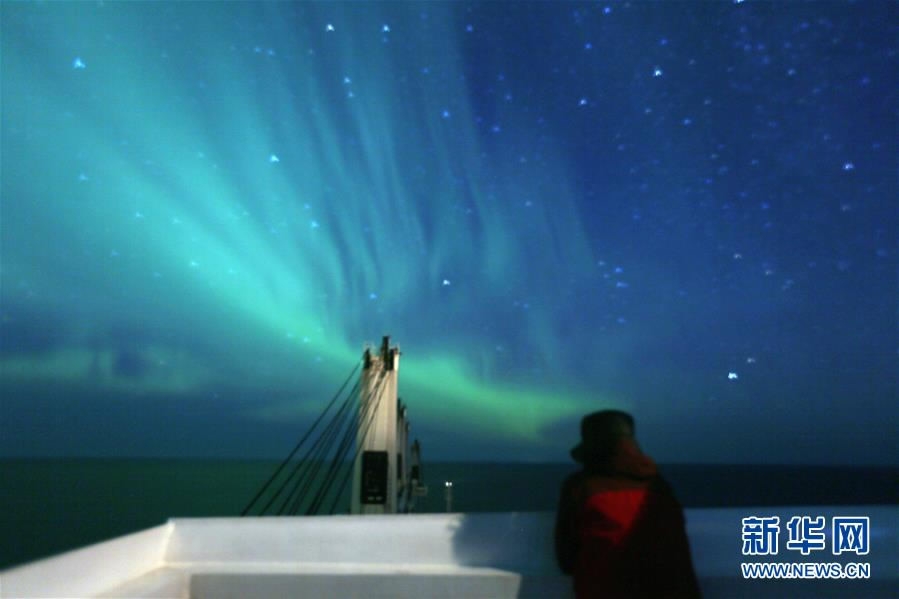Ice Silk Road: China's science and transportation efforts on the Arctic
It's an exciting weekend for Chinese Arctic explorers. Researchers on the ice breaker "Xuelong" have finally finished their 83-day rim expedition on the Arctic.
On Saturday, the ship crossed the Bering Strait en route to its homeland.
Scientists on board examined and took samples of ice, lifeforms, plastic waste and other substances at the Arctic. The samples and data will be used by China to establish another part of its Belt and Road ambitions.
Sail toward the north
|
An aurora is seen on the Tianjian cargo ship sailing on the Arctic on September 20, 2017. [Photo/Xinhua] |
At around the same time as the expedition, a row of five Chinese cargo ships also sailed through the newly-discovered sail route near the North Pole.
The Arctic route is about 40 percent shorter than the usual ones from China to Europe, which went through the Suez Canal in Egypt.
Among the ships was "Tianjian", which on Sunday arrived at Escobayo port in Denmark.
"The amount of floating ice blocks were much fewer than we imagined," captain of the Tianjian ship Shen Jianxin told Xinhua. "We will proceed to St. Petersburg in Russia and finish the voyage."
China and the Arctic
|
Chinese President Xi Jinping meets with Russian Prime Minister Dmitry Medvedev in Moscow to jointly build an "Ice Silk Road" on July 4, 2017. [Photo/Xinhua] |
The two events both reflect China's efforts on the Arctic. In July, China floated the idea of building an "Ice Silk Road" between China and Russia.
Chinese President Xi Jinping has expressed his hope for the two countries to make joint efforts and utilize maritime passageways, particularly the Northern Sea Route.
"The Arctic route not only means a shortcut to Europe for Chinese companies, but opportunities for cooperation with countries along the route," according to a statement on China's Belt and Road Portal.

